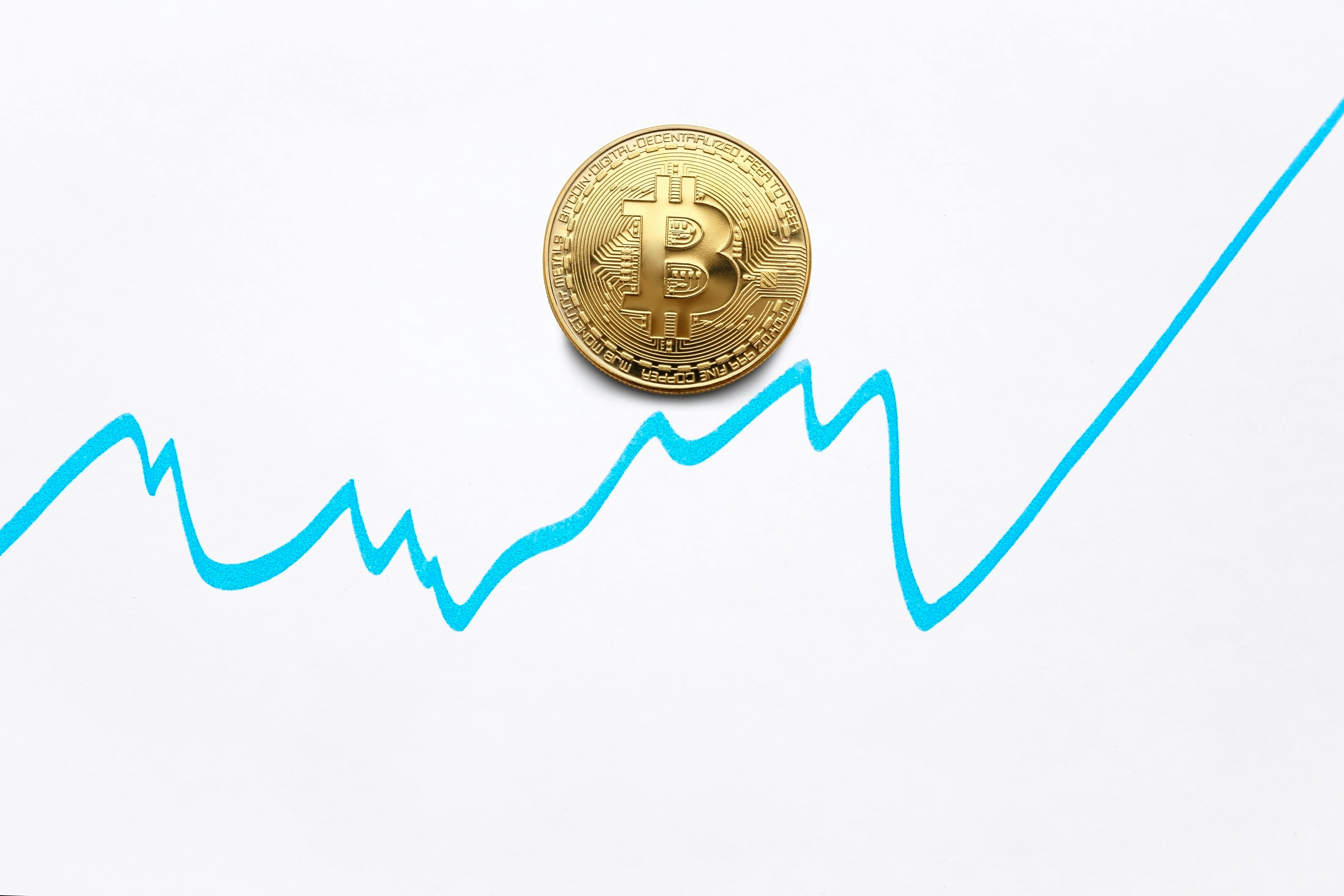Imagine you’re making an attempt to gauge the value of a piece of fruit at your native market. Generally, the value https://www.simple-accounting.org/ can fluctuate based on provide and demand, time of day, and even the climate exterior. These values change dynamically based mostly on investor sentiment, economic indicators, and news occasions. Shareholder equity represents the residual curiosity in a company’s assets after deducting liabilities, often referred to as internet property or e-book value.
Market value is the value at present paid or provided for an asset within the marketplace. Essentially, the market value of an asset is a quantified reflection of the perception of the worth of the asset by the market. Market value, however, might fluctuate quite a bit more, since it is dependent upon the sentiment of traders. A company’s e-book value is important as a outcome of it tells you the theoretical amount that shareholders would obtain if a company decided to liquidate its belongings and settle all its liabilities.
The distinction between these two ideas is the difference between a company’s previous (its ledger) and its future (its potential). The elevated importance of intangibles and problem assigning values for them raises questions about e-book worth. As technology advances, factors like intellectual property play larger components in figuring out profitability. Ultimately, accountants should give you a means of persistently valuing intangibles to keep e-book worth updated.

Buying And Selling Volkswagen Cfds
- After subtracting that, the online book value or shareholders’ equity was about $91.28 billion for Walmart through the given interval.
- Both guide and market values provide meaningful insights right into a company’s valuation.
- E-book worth represents the value of a company’s property and liabilities at a selected cut-off date, usually the end of a monetary reporting period.
- Conversely, a ratio above 1 might indicate overvaluation or market expectations of future growth.
This sentiment-driven fluctuation can lead to overvaluation or undervaluation out there. In summary, e-book worth and market value serve as invaluable tools for traders seeking to make knowledgeable funding selections. Each worth provides a unique perspective on a company’s monetary well being and development potential. By understanding these ideas and their implications, buyers can better navigate the advanced world of inventory market investing.
Prime Industrial Stocks To Anchor Your Portfolio In 2024
Whereas guide value provides buyers with a steady baseline of a company’s web price, market value provides insights into how the market perceives its future potential. A stock buying and selling below its book value might recommend it’s undervalued, while a higher market value could indicate sturdy future development potential. These metrics help form whether or not investors see a company as a great short-term achieve or a steady, long-term funding. Guide worth represents a company’s net asset worth calculated from its balance sheet, reflecting historical prices of property minus liabilities. Market value signifies the present valuation investors assign based on share price multiplied by outstanding shares. Market value displays present value out there, whereas guide worth is predicated on historic cost.
Both of those values present insights into the monetary well being and potential of an organization, however they are calculated utilizing totally different methodologies and serve totally different purposes. In this text, we will explore the attributes of guide value and market worth, highlighting their differences and discussing their significance in financial analysis. For long-term, value-oriented approaches, concentrate on e-book value to assess a company’s basic value. For growth-oriented or short-term trading, market worth is essential, reflecting market sentiment and potential for features.

A P/B ratio of 1 indicates that the market value equals the e-book worth, whereas a ratio above one implies potential overvaluation and beneath one suggests potential undervaluation. Guide value represents the value of an organization’s belongings and liabilities at a specific cut-off date, normally the end of a monetary reporting period. Market worth, however, is dynamic and might change rapidly primarily based on market conditions and investor sentiment. ConceptBook worth, also known as carrying value or web asset worth, is calculated by subtracting complete liabilities from whole property. It displays what shareholders theoretically would obtain if the company liquidated its property and settled obligations. In contrast, market worth is calculated by multiplying the current share worth by the entire variety of outstanding shares.
Guide worth, also recognized as internet asset value, represents the value of a company’s property minus its liabilities. It is calculated by subtracting the whole liabilities from the whole assets on the balance sheet. The ensuing determine represents the theoretical worth that shareholders would receive if the company were to be liquidated and all its assets bought off to pay its debts. When it comes to evaluating the price of a company or an asset, two generally used metrics are book value and market worth.
Relying solely on one indicator, corresponding to e-book value or market worth, could lead to incomplete or misleading insights. When a stock’s market value significantly diverges from its guide value, it usually indicates a potential opportunity or threat. For example, a low market-to-book ratio might suggest an undervalued asset, prompting investors to contemplate purchasing. Conversely, a excessive ratio may signal overvaluation, encouraging sale selections or caution.

The difference is due to a quantity of factors, including the company’s operating model, its sector of the market, and the company’s specific attributes. When we divide guide worth by the number of outstanding shares, we get the e-book worth per share (BVPS). Excellent shares encompass all of the company’s inventory presently held by all its shareholders.
Market value can be easily decided for extremely liquid assets corresponding to equities or futures. The monetary property are usually traded on centralized exchanges, and their prices can be simply found. Fluctuations in book worth occur as a result of modifications in asset valuations, liabilities, and shareholder fairness. Components similar to asset depreciation, acquisitions, divestitures, and modifications in retained earnings can influence book value. Accounting changes and fluctuations in forex exchange rates may also play a job. Further, a company’s book value is calculated using its historical information, in other words how a lot its belongings and liabilities have been value at completely different factors.


Leave a Reply